Smart Textile Innovations
The advent of smart textiles is reshaping the landscape of the Functional Textile Finishing Chemical Market. Innovations such as moisture-wicking, temperature-regulating, and self-cleaning fabrics are gaining traction, driven by advancements in nanotechnology and material science. These smart textiles are increasingly being integrated into various applications, including sportswear, healthcare, and military uniforms. The market for smart textiles is expected to expand, with projections indicating a potential growth rate of around 20% over the next five years. This surge is largely attributed to the rising consumer demand for high-performance textiles that offer enhanced functionality. As manufacturers invest in research and development to create new smart finishing chemicals, the Functional Textile Finishing Chemical Market is poised for transformative growth, catering to the evolving needs of consumers and industries alike.
Sustainability Initiatives
The increasing emphasis on sustainability within the Functional Textile Finishing Chemical Market is driving demand for eco-friendly chemicals. Manufacturers are increasingly adopting sustainable practices, which include the use of biodegradable and non-toxic finishing agents. This shift is not merely a trend but a response to consumer preferences for environmentally responsible products. As a result, the market for sustainable textile finishing chemicals is projected to grow significantly, with estimates suggesting a compound annual growth rate of over 5% in the coming years. This growth is indicative of a broader movement towards sustainability in the textile industry, where brands are seeking to enhance their environmental credentials while meeting regulatory requirements. Consequently, the demand for innovative, sustainable solutions in the Functional Textile Finishing Chemical Market is likely to continue to rise.
Consumer Demand for Performance Textiles
The rising consumer demand for high-performance textiles is a significant driver in the Functional Textile Finishing Chemical Market. As consumers increasingly seek fabrics that offer enhanced durability, stain resistance, and moisture management, manufacturers are compelled to innovate and develop advanced finishing chemicals. This trend is particularly evident in sectors such as sportswear, outdoor apparel, and home textiles, where performance attributes are paramount. Market analysis indicates that the performance textile segment is expected to grow at a rate of approximately 8% over the next few years. This growth is fueled by the desire for textiles that not only meet aesthetic preferences but also provide functional benefits. Consequently, the Functional Textile Finishing Chemical Market is likely to see a surge in the development of specialized finishing agents that cater to these evolving consumer expectations.
Regulatory Compliance and Safety Standards
The increasing stringency of regulatory compliance and safety standards is a pivotal driver in the Functional Textile Finishing Chemical Market. Governments and regulatory bodies are implementing stricter guidelines regarding the use of hazardous chemicals in textile production. This has prompted manufacturers to seek safer alternatives and invest in research to develop compliant finishing chemicals. The market is witnessing a shift towards non-toxic and low-impact chemicals, which not only meet regulatory requirements but also appeal to health-conscious consumers. As a result, the demand for compliant finishing solutions is expected to grow, with estimates suggesting a market expansion of approximately 7% annually. This trend underscores the importance of safety and compliance in shaping the future of the Functional Textile Finishing Chemical Market.
Digital Transformation in Finishing Processes
The ongoing digital transformation within the textile industry is significantly impacting the Functional Textile Finishing Chemical Market. Automation and data analytics are being increasingly utilized to optimize finishing processes, leading to enhanced efficiency and reduced waste. This technological shift allows manufacturers to achieve higher precision in chemical application, thereby improving product quality and consistency. The integration of Industry 4.0 technologies is expected to drive operational efficiencies, with studies indicating that companies adopting these innovations could see productivity gains of up to 30%. As the industry embraces digital solutions, the demand for advanced finishing chemicals that can be seamlessly integrated into automated processes is likely to rise. This trend not only enhances the competitiveness of manufacturers but also aligns with the broader goals of sustainability and resource efficiency in the Functional Textile Finishing Chemical Market.


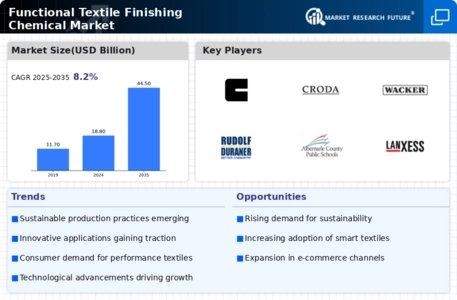
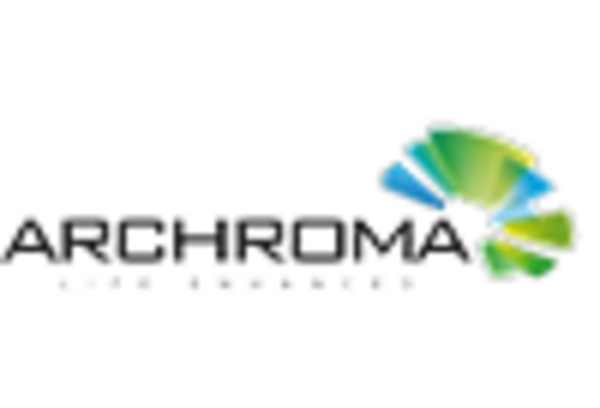


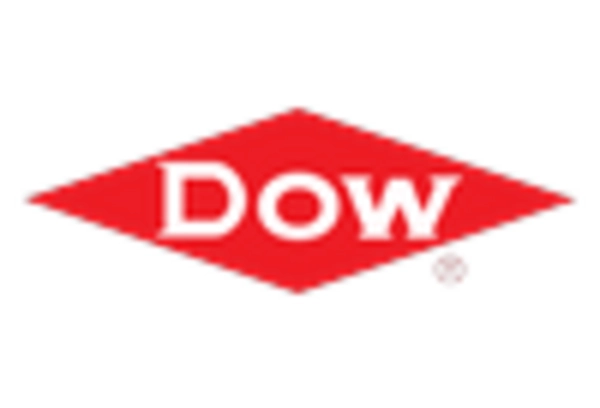
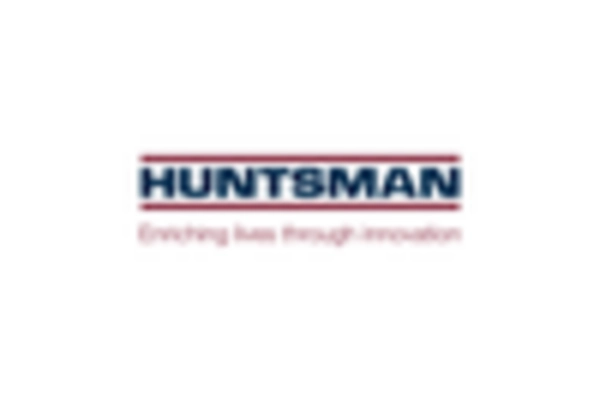
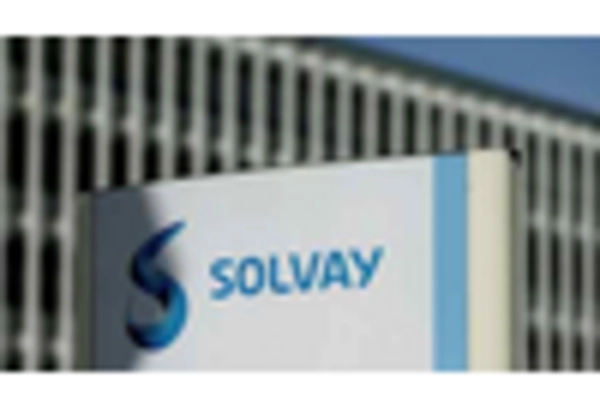








Leave a Comment